Syn.: Anchusa flava Forssk., Asperugo aegyptiaca (L.) L., Lycopsis aegyptiaca L.
Family: Boraginaceae Juss.
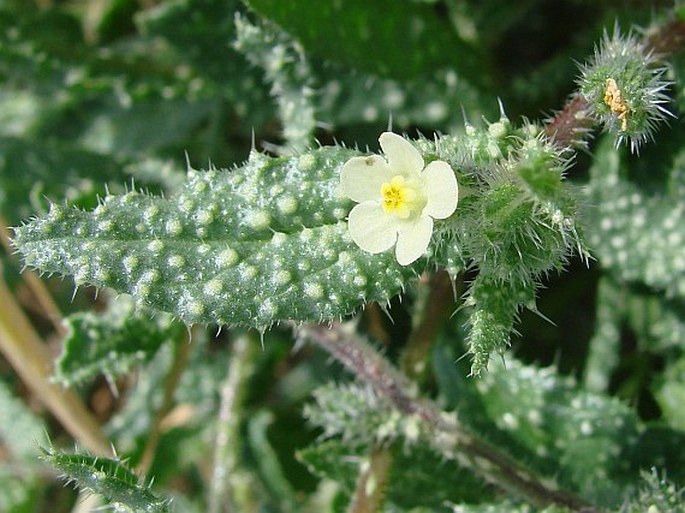
Distribution: Eastern Mediterranean, partly Saharan area of northern Africa – from Tunisia and Libya through Sicily, Greece, Cyprus and Turkey to Egypt, Jordan and Syria.
Ecology: It grows in scrub communities, steppes and deserts, also in areas disturbed by humans. It blooms from February to May.
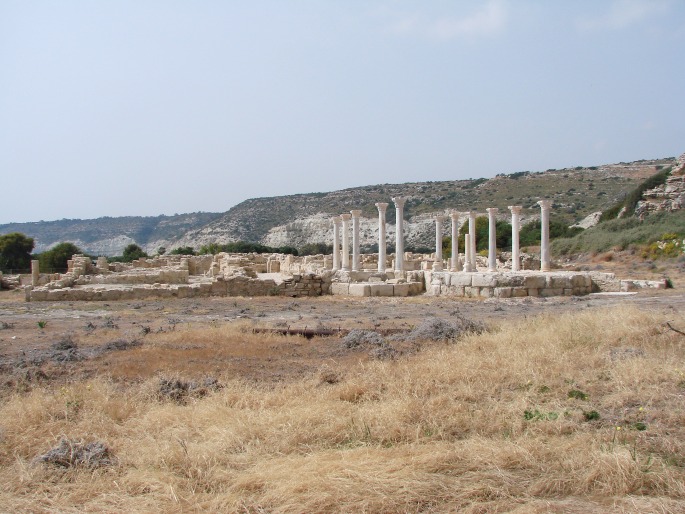
Description: Annual herb, 5–50 cm tall, hispid with stout, tubercle-based hairs. Stem procumbent or ascending, leaves alternate, petiolate, 25–40 × 10–15 mm, cauline leaves sessile, lanceolate, denticulate to sinuate-dentate. Cymes lax, leafy; pedicels 2–3 mm; bracts leaf-like, exceeding calyx, calyx to 5 mm, divided almost to the base into linear-lanceolate lobes; corolla tube c. 4 mm, pale yellow or white, limb 3–5 mm in diameter, with 5 slightly unequal lobes; stamens inserted at about the middle of the tube. The fruits are nutlets, 4–5 mm.
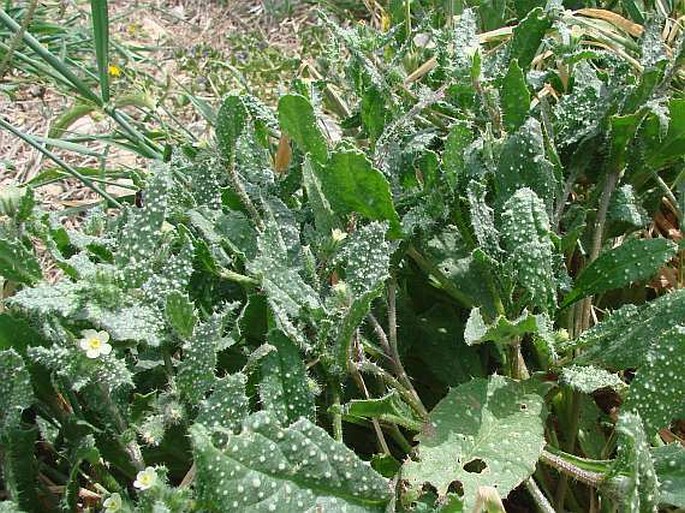
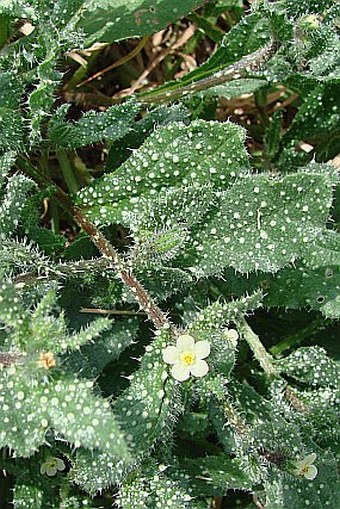
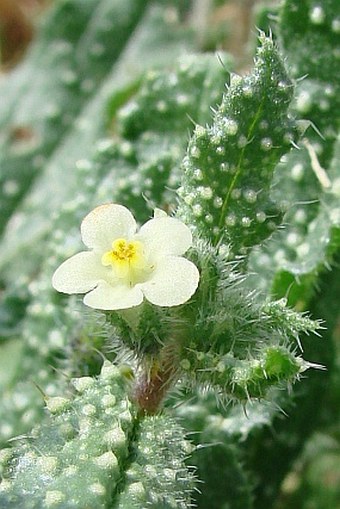
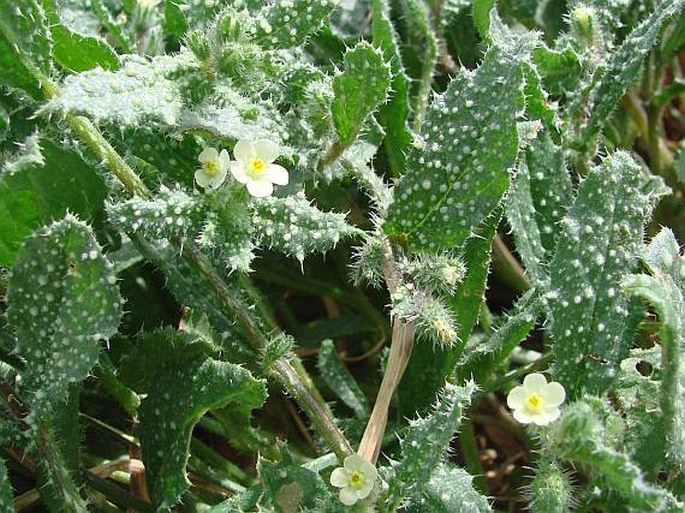
These images were taken in Cyprus, Kourion (April 2, 2010).


